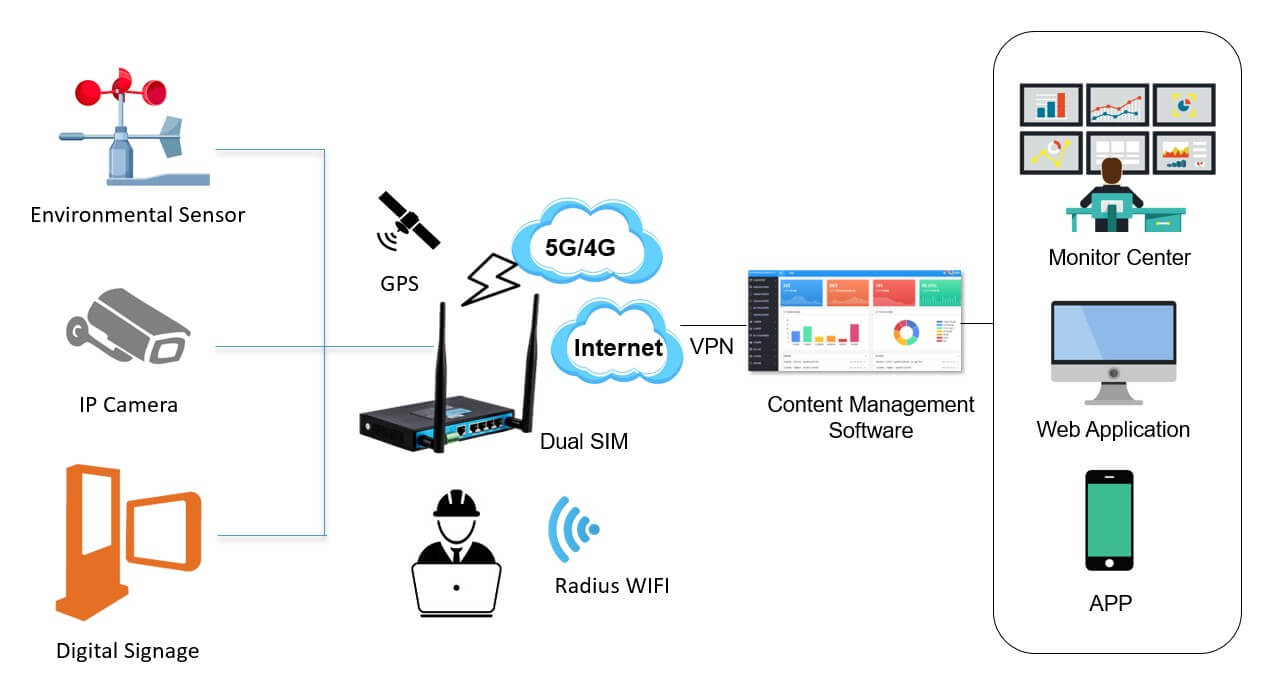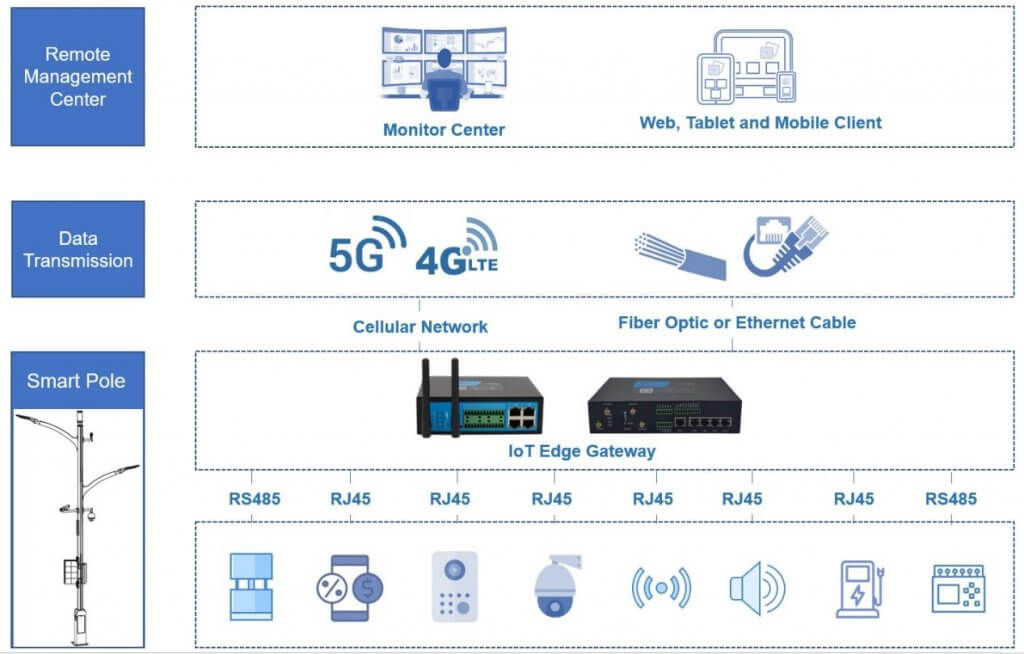
Digital Signage Hardware In today’s fast-paced digital age, traditional methods of communication are being surpassed by innovative technologies that offer enhanced engagement and flexibility. Digital signage has emerged as a powerful tool for businesses, organizations, and institutions to effectively communicate with their target audience.
What Is Digital Signage Hardware:
Digital Signage Hardware Behind the seamless display of vibrant and captivating content lies the backbone of digital signage hardware. This article explores the evolution of digital signage hardware and how it has revolutionized the way we communicate.
Digital signage hardware encompasses a range of components that work together to create captivating displays. It all starts with the display itself, which has undergone significant advancements over the years. From bulky cathode ray tube (CRT) monitors to sleek LCD and LED displays, the technology has become thinner, lighter, and more energy-efficient. High-definition displays with crisp images and vibrant colors have become the norm, captivating viewers and conveying messages with greater impact.
Another crucial element of digital signage hardware is the media player. These devices are responsible for processing and delivering content to the displays. In the past, media players were standalone units that required manual content updates. However, advancements in technology have given rise to compact, network-connected media players that can stream content in real time. Cloud-based content management systems enable remote content updates, allowing businesses to deliver timely and relevant information effortlessly.
What We Should Know About The Digital Signage Hardware:
Connectivity is a vital aspect of digital signage hardware, ensuring seamless communication between the media player and the display. Traditionally, connectivity relied on physical cables, which limited the placement and flexibility of digital signage displays. The introduction of wireless technologies, such as Wi-Fi and Bluetooth, has eliminated the need for cables, enabling easy installation and dynamic positioning of displays. This wireless connectivity also enables real-time data integration, allowing businesses to display live social media feeds, news updates, and other dynamic content.
Touchscreens have become increasingly prevalent in digital signage hardware, enhancing interactivity and engagement. With the integration of touch-sensitive displays, viewers can actively interact with the content being presented. This technology has revolutionized industries such as retail and hospitality, where touchscreens provide an intuitive interface for customers to explore products, place orders, or gather information. Touch-enabled digital signage has opened up a new realm of possibilities, creating immersive and personalized experiences.
One of the most exciting developments in digital signage hardware is the integration of artificial intelligence (AI). AI-powered digital signage systems can analyze audience demographics, behavior, and preferences to deliver personalized and targeted content. Facial recognition technology allows displays to detect the viewer’s gender, age, and emotion, enabling tailored content delivery. AI algorithms can also optimize content placement and scheduling based on real-time data, ensuring maximum impact and effectiveness.
Future Planning Of Digital Signage Hardware:
The future of digital signage hardware holds even more promise. With the emergence of advanced technologies such as augmented reality (AR) and virtual reality (VR), digital signage experiences are poised to become even more immersive and interactive. AR can overlay virtual content onto the real world, providing users with additional information or interactive elements. VR can transport viewers into entirely virtual environments, creating memorable and engaging experiences. The integration of these technologies with digital signage hardware will open up new avenues for creativity and communication.
In conclusion, digital signage hardware has come a long way, transforming the way we communicate and engage with information. The evolution of displays, media players, connectivity options, touchscreens, and AI integration has revolutionized the effectiveness and versatility of digital signage. As technology continues to advance, we can expect even more exciting developments in the field, unlocking new possibilities and opportunities for businesses and organizations to connect with their audiences. Digital signage is no longer just a display; it is a powerful tool that facilitates communication, captivates viewers, and enhances brand experiences.
Digital Signage Hardware How Its Work?
Digital signage hardware works through the combination of several components that collaborate to create a seamless and captivating display of content. Here’s an overview of how digital signage hardware operates:
- Display: At the core of digital signage hardware is the display itself. Modern digital signage displays utilize LCD or LED technology, providing high-definition visuals with vibrant colors and sharp images. These displays come in various sizes, from small screens to large video walls, depending on the intended application and environment.
- Media Player: The media player serves as the “brain” of the digital signage hardware. It is responsible for processing and delivering the content to the display. The media player can be a separate device or integrated directly into the display itself. Its primary function is to decode and playback the media files, such as images, videos, animations, or interactive content.
- Content Creation and Management: Before content can be displayed on the digital signage, it needs to be created and managed. Content creation involves designing visually appealing and engaging graphics or videos using specialized software tools. Content management systems (CMS) allow users to organize, schedule, and update content remotely. These systems can be cloud-based or on-premises, enabling easy content distribution to multiple digital signage displays.
- Connectivity: Connectivity plays a crucial role in digital signage hardware. It enables communication between the media player and the display, as well as content updates and synchronization. Traditionally, connectivity was achieved using physical cables, such as HDMI or VGA. However, wireless technologies have become increasingly prevalent, allowing for more flexible installation and positioning of displays. Wi-Fi, Bluetooth, or other wireless protocols enable seamless communication between the media player and the display, eliminating the need for cables.

- Interaction and Touchscreens: Some digital signage hardware incorporates touchscreens, enabling interactivity between the viewer and the display. Touch-enabled displays can detect and respond to touch gestures, providing users with a more engaging and interactive experience. This technology is commonly found in retail environments, where customers can explore products, navigate menus, or gather information by interacting directly with the screen.
- Sensors and Data Integration: Digital signage hardware can be equipped with various sensors to gather data and provide a more personalized experience. For example, cameras and facial recognition technology can detect the viewer’s gender, age, and emotions, allowing for targeted content delivery. Sensors can also detect motion, proximity, or environmental factors, triggering specific content based on real-time data.
- Remote Monitoring and Control: To ensure smooth operation and maintenance, digital signage hardware often includes remote monitoring and control capabilities. These features allow administrators to monitor the status of displays, perform diagnostics, schedule updates, and troubleshoot issues remotely. Remote control capabilities can save time and resources by minimizing the need for physical maintenance and on-site visits.
Final Words:
By integrating these components and technologies, digital signage hardware enables businesses, organizations, and institutions to deliver dynamic, targeted, and engaging content to their audiences. From retail stores and airports to corporate offices and educational institutions, digital signage has become a versatile communication tool that enhances brand experiences, provides information, and captures viewers’ attention in an increasingly digital world.
